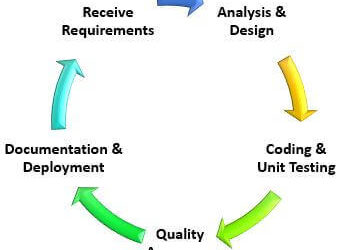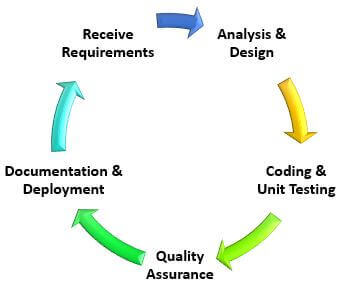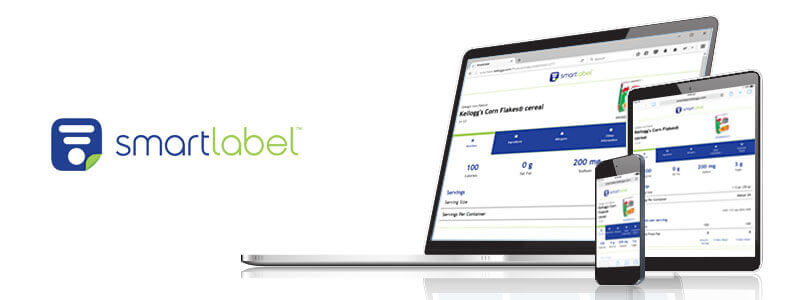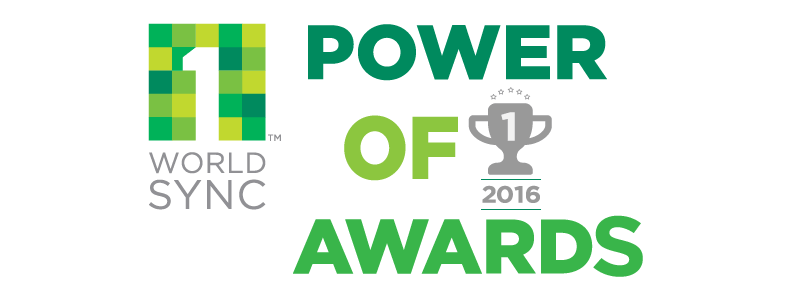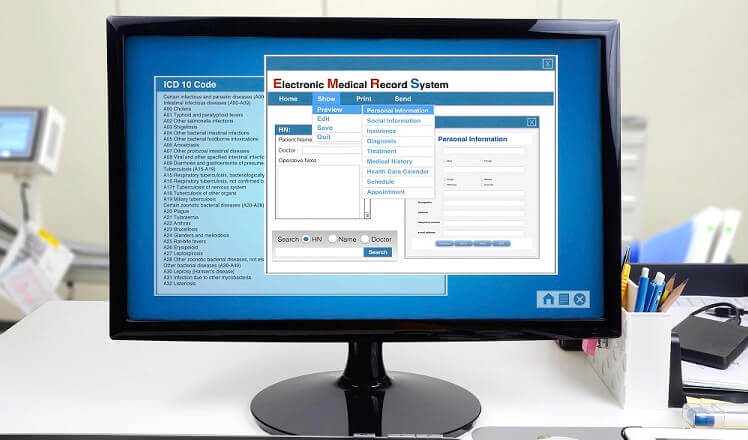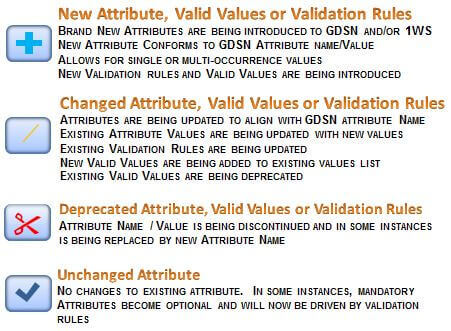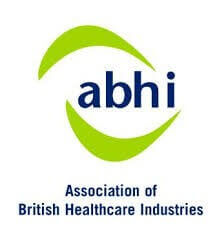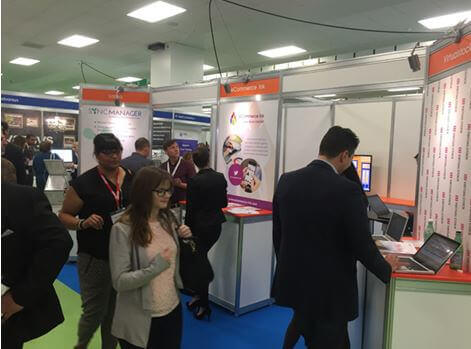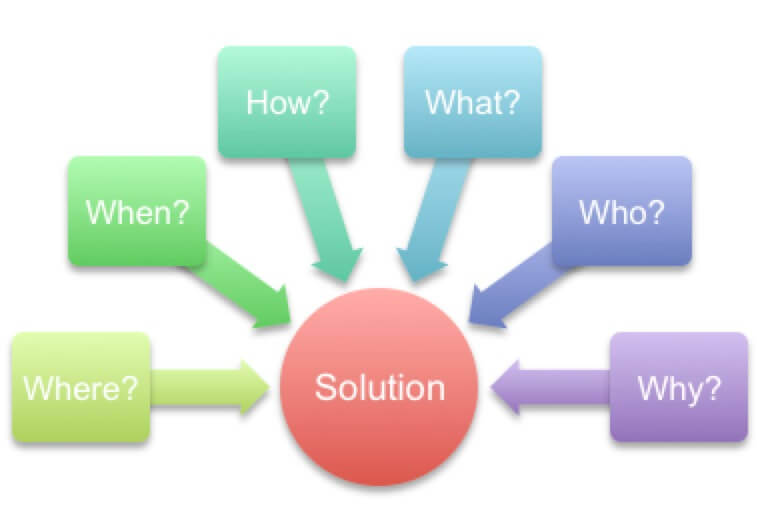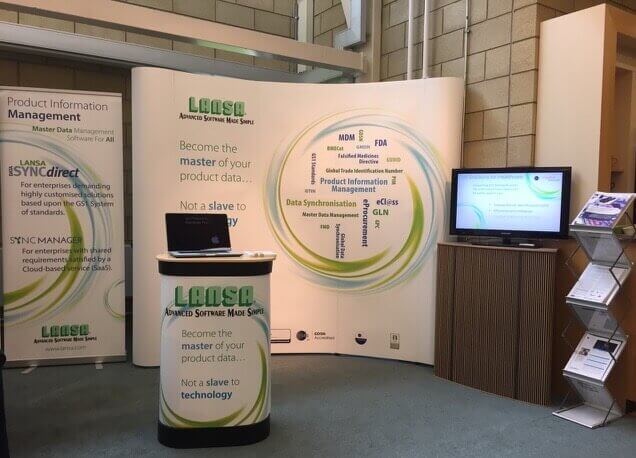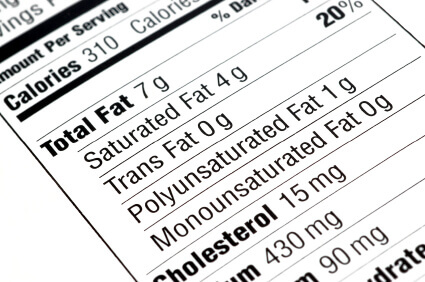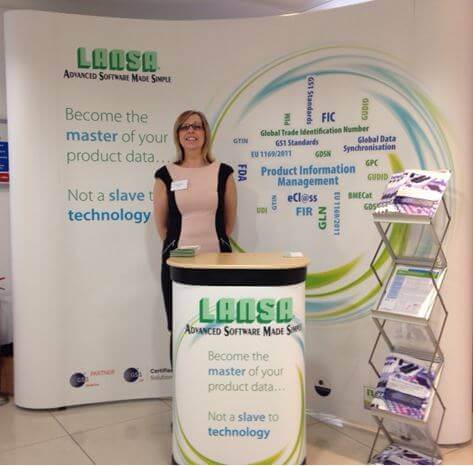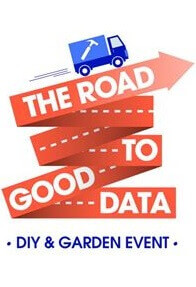My introduction into Global Data Synchronization started in 2002 as an IT manager for an early adopter of Global Data Synchronization Network (GDSN) standards in the Consumer Packaged Goods (CPG) industry. At the time, CPG companies were the only sector actively synchronizing item data in the United States. Since then, GDSN adoption has expanded to many other sectors with the latest entrants being Food Service and Healthcare. (If you are new to GDSN, check out our what is GDSN page.)
I’ve just returned from a very busy, well attended U Connect 2010 conference held in San Antonio where this increased activity was evident.
As GS1 US celebrated their 10th year for the conference, it was obvious that there were a lot of new companies in attendance. It was exciting to see how the momentum has picked-up for the GDSN initiative and how the standards are being adopted by more and more companies as a better way of doing business. There are now more than 5 million GTINs (unique trade items) in the GDSN network, exchanged between 92 countries! (Find the latest stats by opening this PDF version of the GS1 Global Registry Statistics report.)
The LANSA team met throughout the week with companies at all stages of adopting Data Synchronization methods and tools. We have many customers that have been using the standards for a number of years that are looking to expand the use of attributes, increase the use of integration with their ERP and/or PIM (Product Information Management) systems and increase the number of trading partners they exchange item data with. For the newer entrants, they are learning from the companies that have come before and are looking for integrated, smart solutions right out of the gate so they get the most value for their investments.
While at the conference, I attended Food Service sessions and workgroup meetings. This sector is very active, has completed an initial pilot and are ready to start moving forward with broad-scale adoption. The standards in place will work for them, with a few new attributes being added to the GS1 standards in the fall. The biggest challenge they have is that many items sold in the Food Service industry are not bar-coded, so assigning GTINs is more challenging.
The Healthcare industry is at an earlier stage of adoption. The current focus is on assigning Global Location Numbers (GLNs), but there is a Sunrise date to adopt GTIN use for Healthcare by the end of 2012. Many of the attendees from the Healthcare industry are where I was with understanding data synchronization about 8 years ago. They have been hearing about GDSN, learning how the standards can benefit their organization, trying to figure out all the new acronyms, and determining how to apply those standards to their business in the most efficient manner. They have a similar challenge that Food Service is experiencing where many items are not currently bar-coded. They also have complex supply chains, so the exchange of item information needs to be repeatable as the information travels from the starting point to the end point. This was a similar challenge that the Alcohol and Beverage industry faced a few years ago with distributors in the middle tier. The standards and tools have been built to allow parties to be on both the supply and demand side, so this will be of great value in this sector. The benefits of being able to identify Healthcare items in a standard manner will greatly increase the accuracy of data, the cost of doing business and the safety of their patients. This sector is expected to show exponential growth in GDSN adoption over the next few years.
Overall, the adoption of GDSN standards has gone mainstream. With so many sectors being actively implemented, this makes it easier for new sectors to join more efficiently. The true benefits are being realized for those entities that are fully integrated between their back-end systems (like ERP) and their Data Pools, allowing a single point of entry for their item information. This is where the product that I am responsible for (LANSA Data Sync Direct) fits into the whole GDSN puzzle.
I would be interested in hearing about your experiences with GDSN. Do you have any GDSN stories to share? What are the biggest challenges you or your company are facing relating to item synchronization? What challenges are you facing with integrating your company item information with GDSN?





